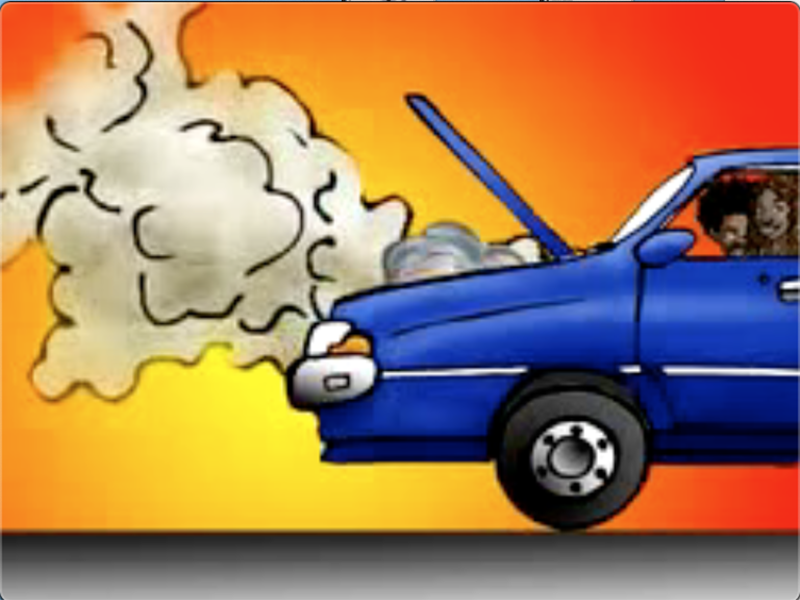
In regional and remote Australia, a family vehicle is a basic and essential need. However, for over twenty years far too many people that we see are getting stuck with bomb-y cars and a big loan they cannot afford when trying to access this basic need. Accessing safe, affordable, and durable vehicles is a critical challenge facing the people we serve. There are three components to this problem.
The first relates to industry misconduct. In our experience, industry misconduct is occurring at multiple points within the used car market, particularly through consumer interactions with second-hand dealerships; vehicle finance providers and brokers; and/or mechanics. The misconduct includes regular (and arguably systemic) breaches of the guarantee provisions with the Australian Consumer Law by some used car dealerships and mechanics; misleading and deceptive conduct by some dealerships, finance brokers and mechanics; and systemic breaches of the responsible lending laws by some brokers and finance providers.
The second component relates to the significant and multiple barriers that operate within the laws and systems that a person must engage with to obtain redress for industry misconduct. QCAT remains the ultimate decision maker when a dealer breaches the law. However, people experiencing vulnerable circumstances, including those from remote communities continue to face barriers navigating the complexities and costs associated with the legal system.
“For over twenty years now, we have witnessed unfair used-car sales practices that prey on the most vulnerable,” explained ICAN CEO, Aaron Davis. “Their multi-tiered strategy of identifying vulnerable consumers, selling them over-priced vehicles, brokering high interest finance, including high fees still runs rampant. This often means the consumer will end up paying off an unaffordable loan the exceeds the life of the vehicle.”
Finally, the third component remains the ongoing difficulty for people on low incomes to afford to buy a safe and durable vehicle outright. The third challenge is one that cannot be fixed through law reform or regulatory interventions alone. We therefore believe a broader conversation is required with government, industry, consumer representatives and affected communities to tackle this broader challenge. Different solutions will apply depending on the community and there are opportunities for community capacity building. For instance, developing skills within the community to offer their own mechanical checks and services.
Importantly however, this ongoing challenge highlights the critical importance of ensuring people don’t have to face the first two challenges – the solution to which lies in consumer law reform and stronger industry regulation.
ICAN’s approach of providing consumer education, advocacy and financial counselling assistance has provided support and relief to many, yet an exploitative used-car industry has largely continued to carry on unabated. Recently, we have made 10 complaints to ASIC about a particular vehicle finance provider that we are concerned about and have dealt with at least 17 matters involving faulty vehicles in less than 10 months.
“Donna’s story is a classic example of the kinds of problems people are facing when they come through our door with a car issue”, explains ICAN’s Operations Manager, Jillian Williams
Donna (not her real name) approached a Cairns car dealership to purchase a vehicle so that she could transport her husband to his many medical and health related appointments. Both Donna and her husband were in their sixties, were pensioners, and lived outside Cairns.
Donna had originally wanted to purchase a vehicle for $5000; but was talked into purchasing a more expensive second-hand vehicle, costing $8000. Finance was secured via a dealership referral to a lender who provided a loan of just over $11,000, $3000 above the asset price, which included costs for brokerage and junk insurance. Donna was not advised by the dealership of either of these charges.
Less than six months after the purchase, the vehicle broke down. It was towed to a mechanic, where the problem was diagnosed as a cracked cylinder head, which would cost approx. $6000 to fix. As Donna did not have the money to fix the vehicle, she approached the dealer for support. They advised her that there was nothing they could do and referred her back to the insurer. Donna contacted the insurer and discovered that the warranty she had paid over $1400 for would only cover $1500 of repairs/damages. Donna has been left with an unaffordable loan, a car that no longer works, and no ability to pay for the needed repairs.
“What we need are stronger consumer guarantee laws and a more accessible dispute resolution system as well as a commitment from industry, government and related bodies to prioritise finding solutions that are community led”, said Jillian Williams.